Junkyard Find: 1974 Cadillac Fleetwood Sixty Special Brougham

1974 was a rough year to be an American, but the Cadillac Division wasn’t about to give up on selling opulent two-and-a-half-ton highway dreadnaughts to the plutocracy ( that came later).
Here’s a well-banged-up Fleetwood Sixty Special Brougham, spotted in a San Francisco Bay Area self-service wrecking yard last month.
Fleetwood was a coachbuilding company with English roots, absorbed by the Fisher Body Corporation and then into General Motors during the 1920s. The very last Cadillac Fleetwoods were sold for the 1996 model year; I photographed a ’96 Fleetwood Brougham in its final parking spot back in 2013. For you fans of Malaise Era Fleetwoods in this series, we also have this salt-water-assaulted ’74 and this ’76.
Joyce must have been very proud of her comfy, road-owning Cad back in the middle 1970s.
I recall seeing this exact sticker for sale in gas-station convenience stores in about 1974, while on family road trips in our ’73 Beauville. Could you bring yourself to slap a cheap decal on the dash of a car that sold for $9,537, which is about $50,000 today? Joyce managed the feat.
The 472-cubic-inch V8 in this car took a serious performance hit in 1974, thanks to a perfect storm of corporate and government incompetence (you may apportion blame between the two sides as you see fit, according to the narrative favored by your side of the Culture Wars), and was rated at a grim 205 horsepower. That’s 26 horses per liter of engine displacement, which compares unfavorably to the 134 horsepower-per-liter ratio achieved by the base engine in the 2017 Cadillac CTS. That said, this engine still managed to generate a respectable 380 pound-feet of torque and the Fleetwood had no trouble cruising effortlessly at 80 mph … oh, wait.
Sometimes it’s hard to tell what tipping point allowed a car to topple into a place like this, but we can see that Joyce’s Cad suffered a wreck that contributed that last bit of depreciation. The way these things seem to work, we can assume the car that bashed Joyce’s Cad was something with about 0.0001% of the class of the Fleetwood, a forgettable machine from the distant fringes of the GM empire.
Cadillac’s pursuit of big market share contributed to the de-exclusivization of the marque during the Malaise Era.

Murilee Martin is the pen name of Phil Greden, a writer who has lived in Minnesota, California, Georgia and (now) Colorado. He has toiled at copywriting, technical writing, junkmail writing, fiction writing and now automotive writing. He has owned many terrible vehicles and some good ones. He spends a great deal of time in self-service junkyards. These days, he writes for publications including Autoweek, Autoblog, Hagerty, The Truth About Cars and Capital One.
More by Murilee Martin
Latest Car Reviews
Read moreLatest Product Reviews
Read moreRecent Comments
- Analoggrotto I don't see a red car here, how blazing stupid are you people?
- Redapple2 Love the wheels
- Redapple2 Good luck to them. They used to make great cars. 510. 240Z, Sentra SE-R. Maxima. Frontier.
- Joe65688619 Under Ghosn they went through the same short-term bottom-line thinking that GM did in the 80s/90s, and they have not recovered say, to their heyday in the 50s and 60s in terms of market share and innovation. Poor design decisions (a CVT in their front-wheel drive "4-Door Sports Car", model overlap in a poorly performing segment (they never needed the Altima AND the Maxima...what they needed was one vehicle with different drivetrain, including hybrid, to compete with the Accord/Camry, and decontenting their vehicles: My 2012 QX56 (I know, not a Nissan, but the same holds for the Armada) had power rear windows in the cargo area that could vent, a glass hatch on the back door that could be opened separate from the whole liftgate (in such a tall vehicle, kinda essential if you have it in a garage and want to load the trunk without having to open the garage door to make room for the lift gate), a nice driver's side folding armrest, and a few other quality-of-life details absent from my 2018 QX80. In a competitive market this attention to detai is can be the differentiator that sell cars. Now they are caught in the middle of the market, competing more with Hyundai and Kia and selling discounted vehicles near the same price points, but losing money on them. They invested also invested a lot in niche platforms. The Leaf was one of the first full EVs, but never really evolved. They misjudged the market - luxury EVs are selling, small budget models not so much. Variable compression engines offering little in terms of real-world power or tech, let a lot of complexity that is leading to higher failure rates. Aside from the Z and GT-R (low volume models), not much forced induction (whether your a fan or not, look at what Honda did with the CR-V and Acura RDX - same chassis, slap a turbo on it, make it nicer inside, and now you can sell it as a semi-premium brand with higher markup). That said, I do believe they retain the technical and engineering capability to do far better. About time management realized they need to make smarter investments and understand their markets better.
- Kwik_Shift_Pro4X Off-road fluff on vehicles that should not be off road needs to die.



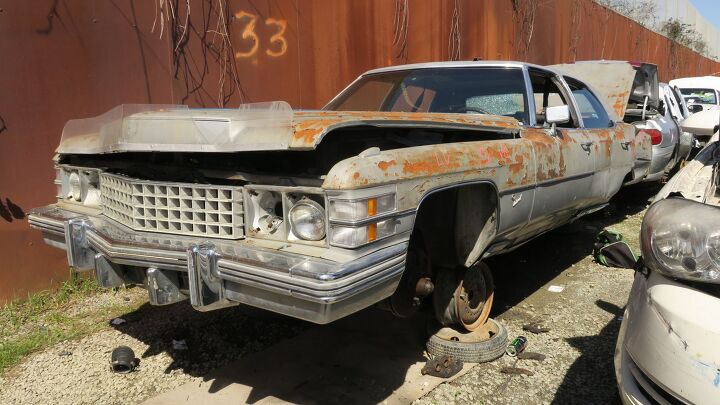

































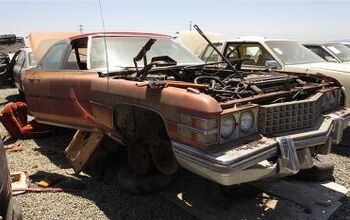
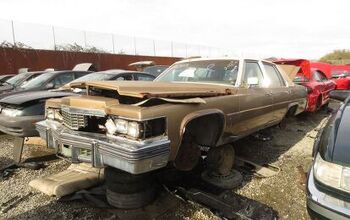
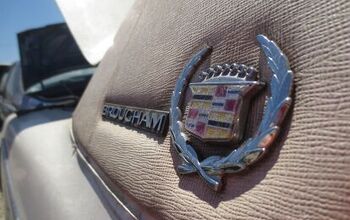
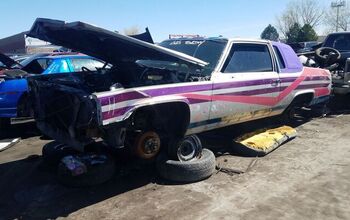











Comments
Join the conversation
Ah yes, the Cadillac Fleetwood Broughams. I have an uncle down by San Bernardino, Ca who brought a brand new (black) 76' Fleetwood Brougham sedan back 1976. I don't know too much about the ride, because my uncle wouldn't talk much about it, but I do know that he drove the Fleetwood for around 20 years before the engine reach it maximum lifetime. Since then the car sits in his drive way, coming down with rust and parts missing (or falling off). It totally became a rust bucket when I first laid eyes on it. Him and his family never really thought about getting rid of it, since he loved that car so much. When I get better on understanding cars more, I hope to restore it one day because his car sparked my interest into cars when I still small.
I had a turquoise 1970 DeVille convertible for a summer in college. Must have been around 1983. I bought it for $600 to drive while I restored my TR6. With the high compression 472 (I think it was rated over 350hp in 1970 gross hp) it would light the 78-series rear tires at will and turn them into vapor. I think the combo of skinny tires, decent power, and vast tons of road-hugging weight created an inertial perfect storm for tire smokage. Upon seeing it for the first time, in all its bloated, hideous splendor, the owner of the bar where I worked remarked "that's the god-damndest automobile I've ever seen". I sold it for what I paid for it at the end of the summer.